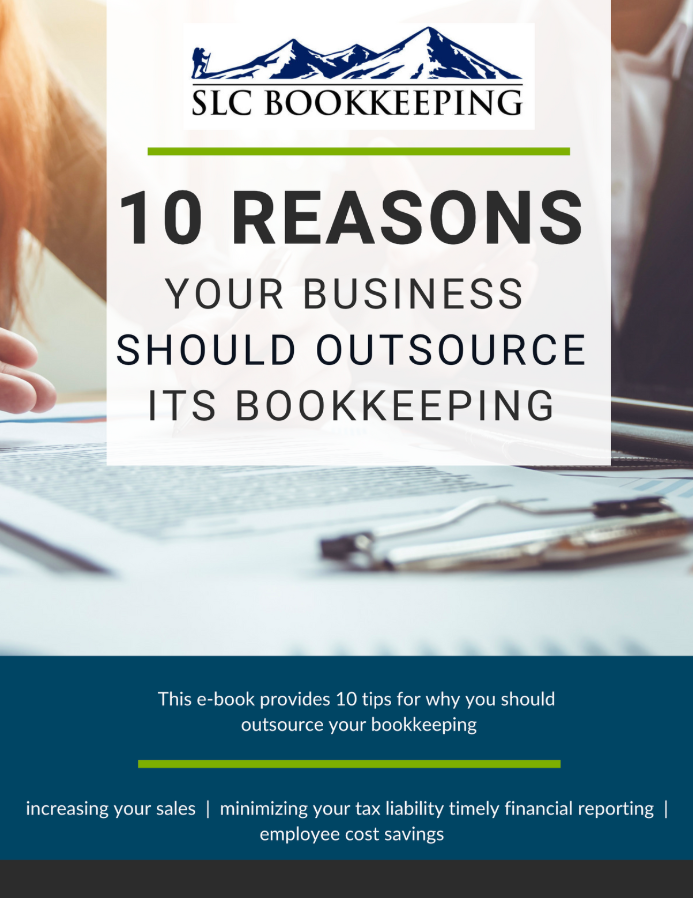QuickBooks Tip: Chart Of Accounts Overview
In QuickBooks, the Chart of Accounts is the skeleton of any company file. A well-managed Chart of Accounts provides meaningful reports and year-end financial data for your CPA for tax purposes.
Understanding how each account works and when to use it helps keep your company file organized and maintains integrity of your financial data.
The concepts may seem simple, but it's surprising how many folks blindly swing in the dark by putting assets into liabilities, expenses as income, and vice versa.
I'm going to break each one down and give real-world examples.
For the example, we're going to use Jacob's small business, Mr. Plow, for which the owner has expenses, borrows money to buy his truck, earns income from completing plow jobs, and takes money out of the business for personal expenses.
Business Assets
This is money that Jacob currently has, both intangible and tangible (bank, accounts receivable, other current assets, fixed Assets, and other Assets).
Bank
Use this account to track all of your checking and savings accounts. Any activity in the bank account(s) should be followed to the penny and reconciled monthly to the statements.
Accounts Receivable
This account shows all the money owed to Jacob for jobs he has completed. When Jacob generates an invoice to someone for plowing their lot for $100 he now has $100 in his accounts receivable and $100 is added to income.
When he receives the money for the job, $100 is taken out of accounts receivable and put into his bank.
Fixed Assets
Fixed Assets are items that Jacob doesn't plan to sell off but plans to keep over multiple years, such as equipment or fixtures.
Both the truck he purchased and the plow that came with it are fixed assets. Jacob purchased his truck and plow on a loan for $10,000, so his Fixed Asset is now $10,000 for the truck and plow.
Other Current Assets
This is money that has been given out and is to be returned to Jacob within a year.
Examples include a security deposit on a garage to store the truck, an employee loan that will be paid back next pay period, or prepaying his insurance expense for a year (a prepaid expense).
Other Assets
These are items that are neither a fixed nor a other current asset.
If Jacob were to lend a friend $4,800 over 4 years (a long-term notes receivable), it would be considered an asset.
Business Liabilities
Money that you currently owe to an outside party (Accounts payable, credit cards, other current liability or loan, Long-term Liability).
Accounts Payable
An account that shows all payments due to vendors. When Jacob receives a bill for the salt he buys, a bill for work done on his truck, or a rent bill for his workshop, they should be inputted into the Enter Bills module, which will, in turn, be tracked in accounts payable until the payment is remitted for the bill.
Credit Cards
If Jacob has a credit card, it should show up under this account. All charges, interest, and cash transfers to pay down the credit card from the bank account should show up in this register.
Long Term Liability
This includes loans that will take longer than a year to pay down.
The truck Jacob purchased or if he decided to take a mortgage out on the workshop would be considered a long-term liability as they take many years to pay off.
Other Current Liability or Loan
Any loan or money due that will take less than a year to pay down.
Sales tax collected on Jacob's many plow jobs, recording payroll tax liabilities owed to the IRS, or a short-term loan to be paid back within a year.
Business Expenses and Income
Money that is either earned or spent (Income, Cost of Goods Sold, Expense, Other Income, Other Expense)
Income
The primary source of cash coming into a company. Any money received from plowing driveways or other business-related money would be considered income.
COGS (cost of goods sold)
Any expense incurred for the production of a product. The best way to understand this is to ask yourself, "Would I incur this cost today if I sold a product?"
Consult your CPA to clarify when an item can be considered a COGS for your business.
Expense
Any expense incurred even if a product wasn't sold. Rent paid to Jacob's workshop, phone bill, business registration fees, advertising fees for Mr. Plow, or a weekly fixed salary.
Other Income & Other Expenses
These can be any income or expense not directly associated with the business, such as interest income or interest expense from his credit card, selling spare metal found on the side of the road, or a cash deposit that might be over/short.
Equity
Owner's equity (withdrawal or investments into the business by Jacob) and retained earnings from previous years.
If Jacob were to purchase all of his family's meals on the company card, these would be owner draws.
If the owner had used $5,000 of personal money to help fund the company truck, it would be considered an owner investment.
The Chart of Accounts is initially daunting, especially when you inherit a company file with accounts already inputted.
As you review the chart of accounts, you may find things that don't make sense. For example, an inappropriate account may have been used, expense accounts with multiple names that need to be merged, or credit cards exist but are solely inputted as accounts payable.
Use your judgment and intuition; they will generally serve as the best guide to determining the appropriate account to use.
As always, consult your CPA or Bookkeeper if you aren't sure how to code certain accounts.


Comments